This is the first “secret walk” that we held in order to comply with a limit of 25 people in the group and maintaining social distancing etc. It was also the first walk of the year! A June walk at Deer Lakes park is named in memory of Dorothy Fornof, one of the clubs founders, a keen naturalist and accomplished mycologist. Normally by the end of June the mushrooms are popping and we find a wide range of species. Amanitas, Boletes and Russulas all make an appearance. We typically find the first of the seasons black trumpets and chanterelles too. We did find a few of everything, except black trumpets, but only one or two specimens of one or two species of each genus so the resulting list is shorter than normal. The top part of the walk was dry and unproductive apart from last years remains of true and false turkey tail etc. Down by the lake and along the creek was damper and we found more variety there including a number of slime molds.
Species list identified and entered by Richard Jacob.
List of species found on the walk at Secret walk at Deer Lakes – Dorothy Fornof foray:
[icon style=”camera”] Allodus podophylli (Mayapple Rust),
[icon style=”camera”] Amanita amerifulva (American Orange-Brown Ringless Amanita),
[icon style=”camera”] Amanita flavoconia (Yellow Patches),
[icon style=”camera”] Aureoboletus innixus (Clustered Brown Bolete),
[icon style=”camera”] Boletus subvelutipes (Red-Mouth Bolete),
[icon style=”camera”] Cantharellus flavolateritius (),
[icon style=”camera”] Ceratiomyxa fruticulosa (Coral Slime),
[icon style=”camera”] Cerioporus squamosus (Dryad’s Saddle, Pheasant Polypore),
[icon style=”camera”] Conocybe lactea (White Dunce Cap),
[icon style=”camera”] Crepidotus applanatus (Flat Crep),
[icon style=”camera”] Crepidotus mollis (Jelly Crep/Soft Stumpfoot),
[icon style=”camera”] Diatrype stigma (Common Tarcrust Fungus),
[icon style=”camera”] Fuligo septica (Scrambled-egg Slime; Dog Vomit Slime),
[icon style=”camera”] Hemitrichia calyculata (),
[icon style=”camera”] Hypomyces chrysospermus (Bolete Mold),
[icon style=”camera”] Inonotus dryadeus (Oak Bracket),
[icon style=”camera”] Irpex lacteus (Milk-white Toothed-Polypore),
[icon style=”camera”] Lacrymaria velutina (Weeping widow),
[icon style=”camera”] Marasmius rotula (Pinwheel Marasmius),
[icon style=”camera”] Megacollybia rodmanii (Platterful Mushroom),
[icon style=”camera”] Neofavolus alveolaris (Hexagonal-pored Polypore),
[icon style=”camera”] Orbilia xanthostigma (),
[icon style=”camera”] Polyporus arcularius (Spring Polypore),
[icon style=”camera”] Polyporus varius (),
[icon style=”camera”] Psathyrella candolleana (),
[icon style=”camera”] Rickenella fibula (Orange Moss Agaric),
[icon style=”camera”] Russula vinacea (),
[icon style=”camera”] Schizophyllum commune (Split Gill),
[icon style=”camera”] Stereum ostrea (False Turkey-tail),
[icon style=”camera”] Trametes versicolor (Turkey-tail),
[icon style=”camera”] Trichaptum biforme (Violet Toothed-Polypore),
[icon style=”camera”] Tubifera ferruginosa (Raspberry slime mold)
Species not currently on clubs life list:
Honey mushroom rhizomorph
Scutellinia sp. – will be ID’ed by microscope.
Old Laetiporus sulphureus
Russula sp.
Dried up Hydnellum sp.
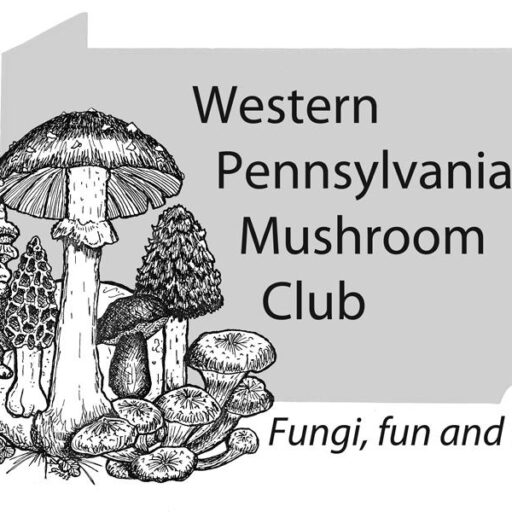
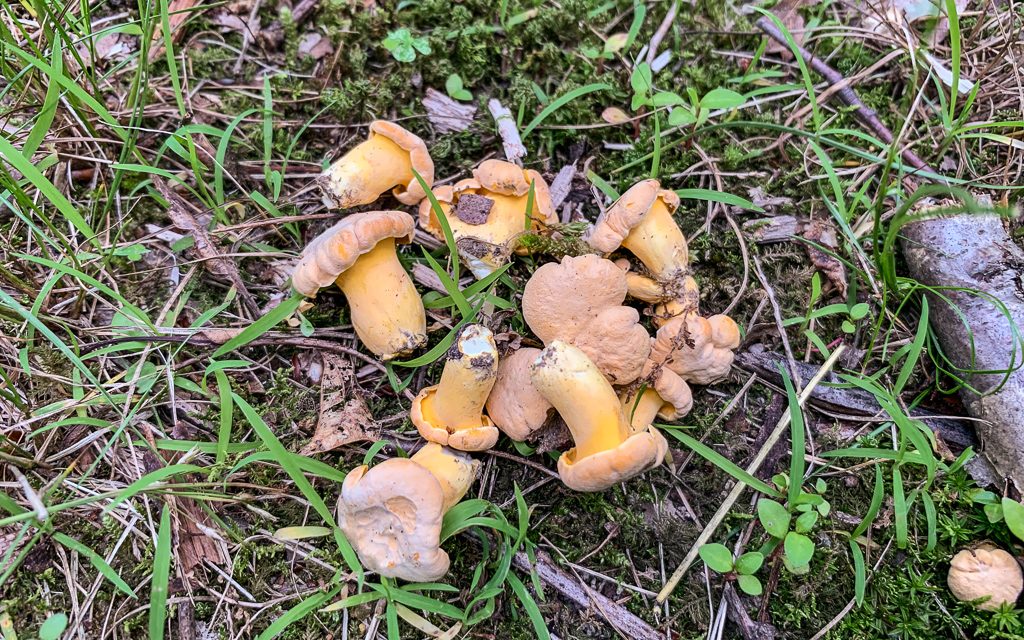






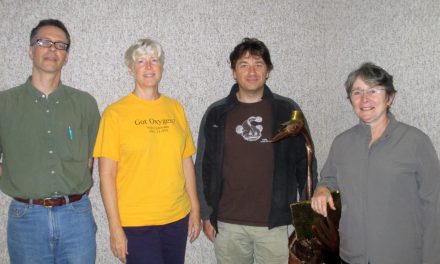
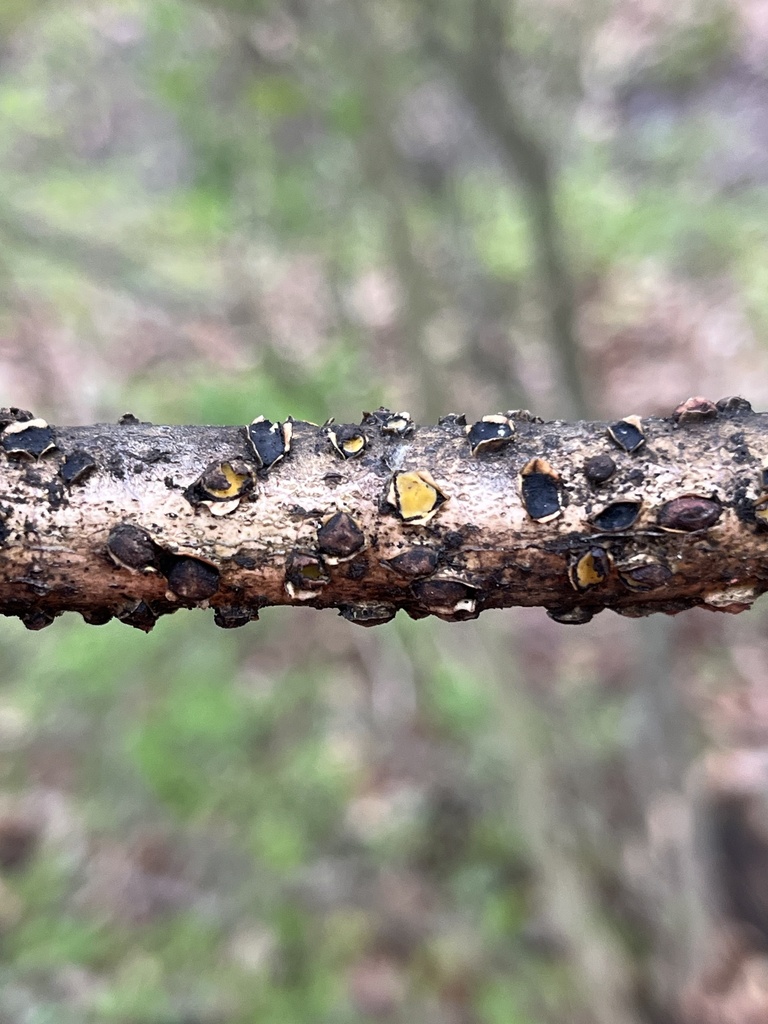
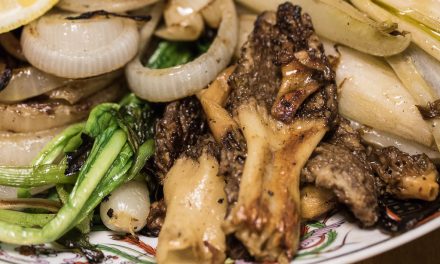
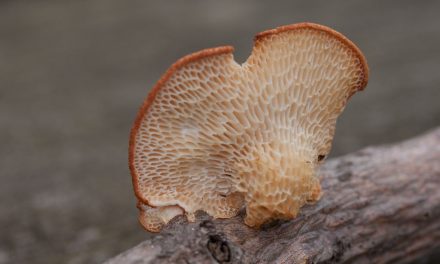

Richard: Thank you so much for an enjoyable and informative walk!!